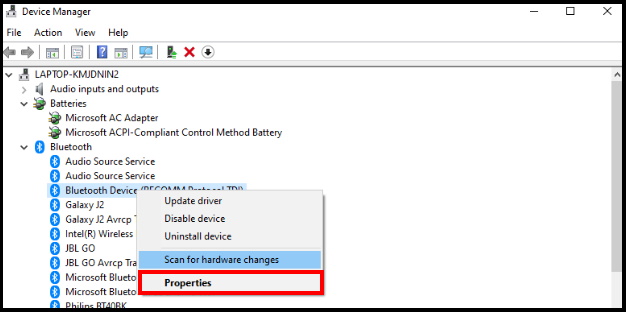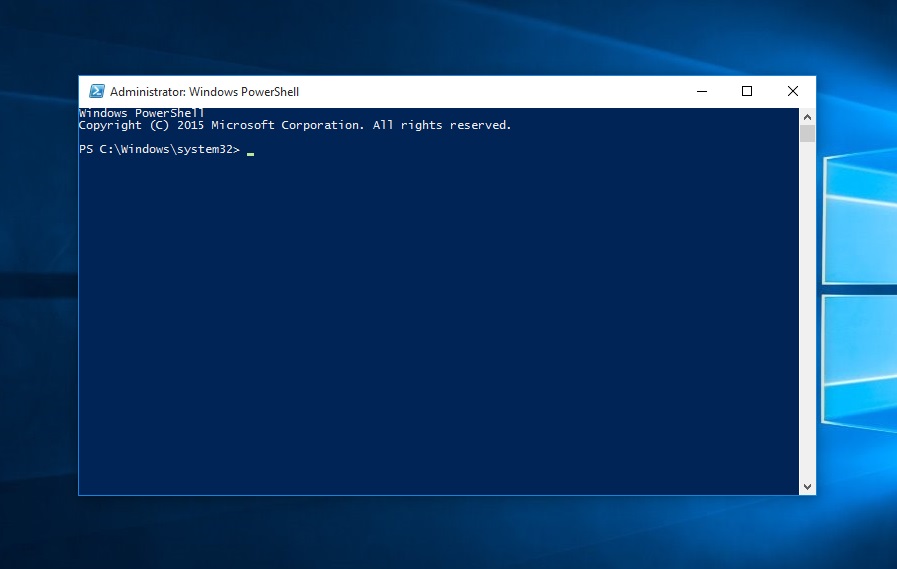
The source of the problem could originate from a corrupted installation disk, bit rot, or some other unknown cause. If Windows suffers from system file corruption, DISM will display an uncorrectable error (code 0x800f081f). If it fails, the utility generates an error log. DISM informs the user whether or not the repair operation was successful. DISM sometimes requires the original installation medium, such as a USB flash drive or optical disc.Īfter DISM completes, it should create a report detailing any Windows system file issues. However, when SFC fails, a second tool called Deployment Imaging Service and Management (DISM) must be used. In this case, you can try to manually fix the corrupt files or move on to the next solution. Windows Resource Protection found corrupt files but was unable to fix some of them.Windows Resource Protection found corrupt files and successfully repaired them.You might get this message if you didn’t run the SFC scan in Safe Mode. Windows Resource Protection could not perform the requested operation.SFC couldn’t detect any corrupted files on your computer. Windows Resource Protection did not find any integrity violations.Once the process is finished, you will get one of the following messages: Just don’t close the Command Prompt window. You can keep using your computer while SFC runs. How long the process takes depends on your system resources. To use SFC, open an elevated command prompt by typing command prompt into the Windows 10 search bar, and selecting Run as administrator.

Also, you may want to restart your computer in Safe Mode before beginning the troubleshooting process. To get the most out of the System File Checker, you should boot your system in Safe Mode. When it detects damaged files, SFC automatically repairs them. After executing the program, it inspects Windows for signs of damage.


Like many of Microsoft's most powerful repair tools, SFC runs from the command line. The best tool for repairing damaged Windows installations is System File Checker (SFC).

If you've ever suffered from a reoccurring computer problem that's not related to driver errors, file system corruption is a likely culprit. All three tools offer straightforward and quick paths for repairing some of the most common Windows 10 corruption issues. The best free tools come packed by default with Windows 10: System File Checker (SFC), Deployment Imaging Service and Management (DISM), and the Windows Troubleshooters. 3 Native Tools: SFC, DISM, and Troubleshooters


 0 kommentar(er)
0 kommentar(er)
